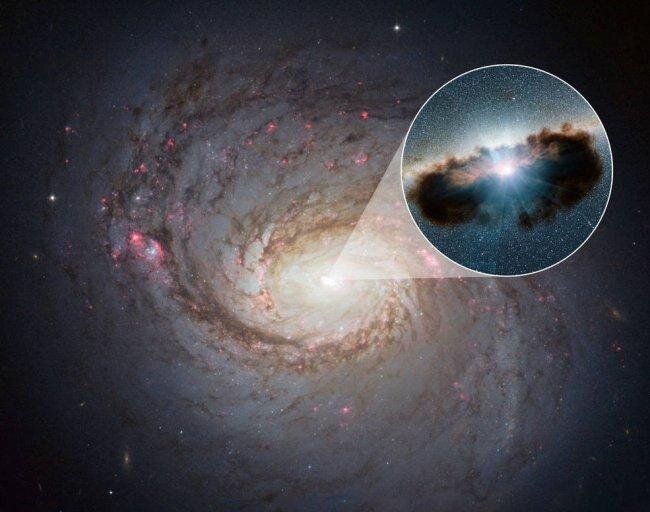The origin of high-energy cosmic neutrinos observed by the IceCube Neutrino Observatory, whose detector is buried deep in the Antarctic ice, is an enigma that has perplexed physicists and astronomers. A new model could help explain the unexpectedly large flux of some of these neutrinos inferred by recent neutrino and gamma-ray data. A paper by Penn State researchers describing the model, which points to the supermassive black holes found at the cores of active galaxies as the sources of these mysterious neutrinos, appears June 30, 2020 in the journal Physical Review Letters.
“Neutrinos are subatomic particles so tiny that their mass is nearly zero and they rarely interact with other matter,” said Kohta Murase, assistant professor of physics and of astronomy and astrophysics at Penn State and a member of Center for Multimessenger Astrophysics in the Institute for Gravitation and the Cosmos (IGC), who led the research. “High-energy cosmic neutrinos are created by energetic cosmic-ray accelerators in the universe, which may be extreme astrophysical objects such as black holes and neutron stars. They must be accompanied by gamma rays or electromagnetic waves at lower energies, and even sometimes gravitational waves. So, we expect the levels of these various `cosmic messengers’ that we observe to be related. Interestingly, the IceCube data have indicated an excess emission of neutrinos with energies below 100 teraelectron volt (TeV), compared to the level of corresponding high-energy gamma rays seen by the Fermi Gamma-ray Space…


